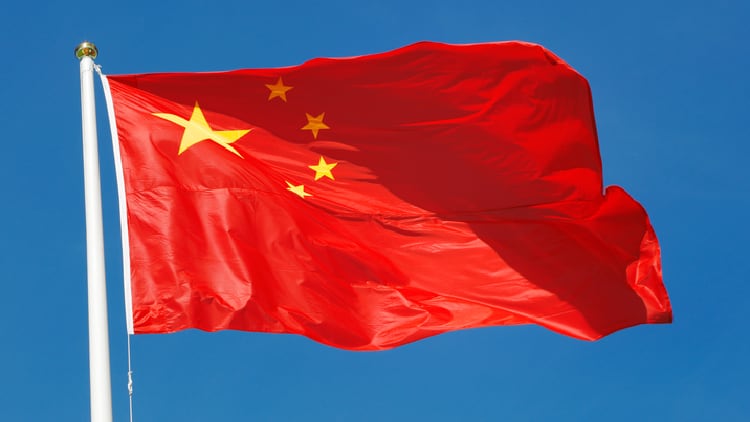Modernising baijiu: World’s bestselling spirit targets China’s Gen Z drinkers
Baijiu is China’s representative spirit, considered to be a mainstay in all settings involving business socialisation
This alcohol is usually distilled from fermented sorghum or other grains, but is mainly identified by the use of the fermentation starter ‘jiuqu’ (酒曲) which uses a form of yeast.
Meta Liquor’s pioneering of sparkling baijiu serves to modernise the traditional spirit, crafting a modern identity to engage Gen Z consumers.
China enforces plant-based colours: What brands must know
A new industry standard, jointly developed by the China National Food Industry Association (CNFIA) and the Ministry of Industry and Information Technology (MIIT), mandates that food colourings be made from fruits, vegetables, plants, or algae normally consumed as food.
We look at how China’s new industry standard on food colouring can benefit consumers and influence the APAC food and beverage industry
As China diversifies from US dairy, ANZ producers gain the upper hand
Trade tensions with the US have sent Chinese firms looking for alternative dairy suppliers.
China is already the largest export market for dairy for both Australia and New Zealand – but the two countries stand a chance to increase their market share over the US if they are quick enough to capture demand from Chinese firms.
Theabrownin: 3 must-knows about new ‘Nobel Prize-worthy’ ingredient
Theabrownin is a bioactive compound found in pu-erh tea, a traditional beverage with a specific brown tinge that has long been consumed in the Chinese market.
It has been touted by Chinese food scientists as a ‘direct route to the Nobel Prize’. We look at why this ingredient is causing a major buzz in the industry.
Asian pulse trade resilient amid Trump tariffs and geopolitical tensions
Amid trade tensions, India and Bangladesh are emerging as pulse growth markets while China turns to alternative suppliers for imports.
Traditionally a staple, pulses like peas, lentils, and chickpeas are now central to Asia’s food security and innovation agenda, valued for their high protein, affordability, and low environmental footprint.
In this context, industry experts say the Asian pulse trade has remained remarkably resilient, despite tariff tensions triggered by US President Donald Trump’s administration and the China-Canada trade war.


